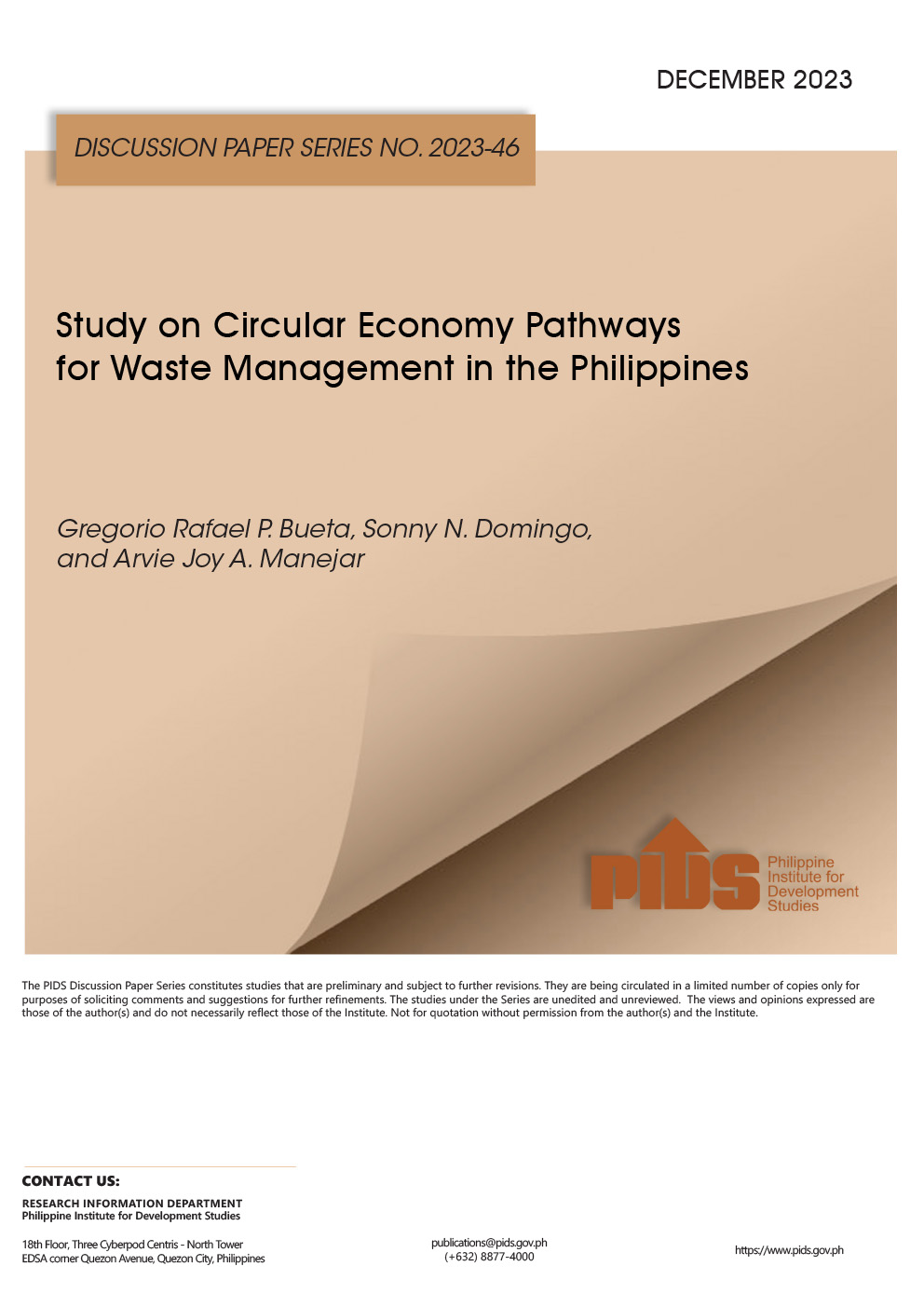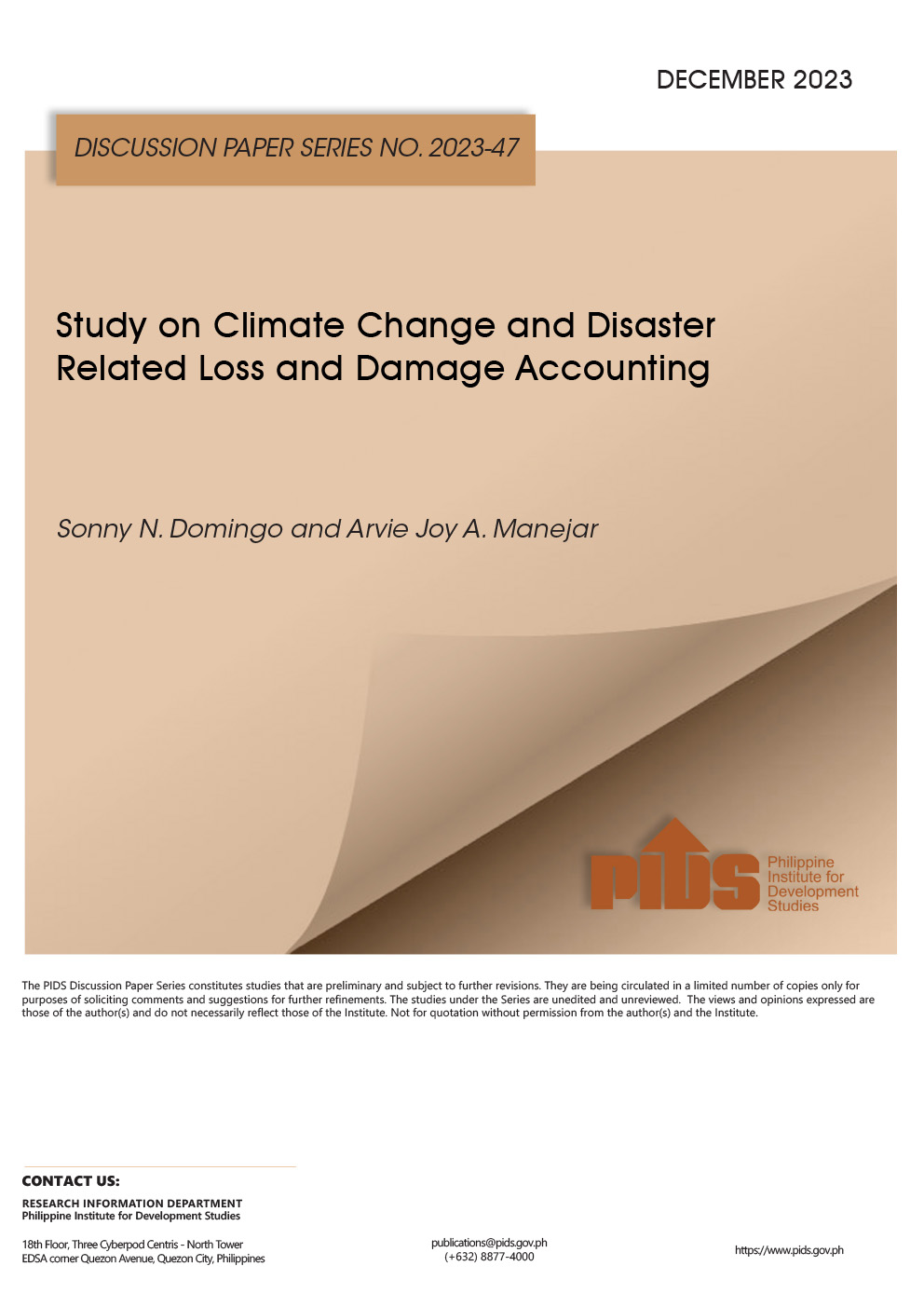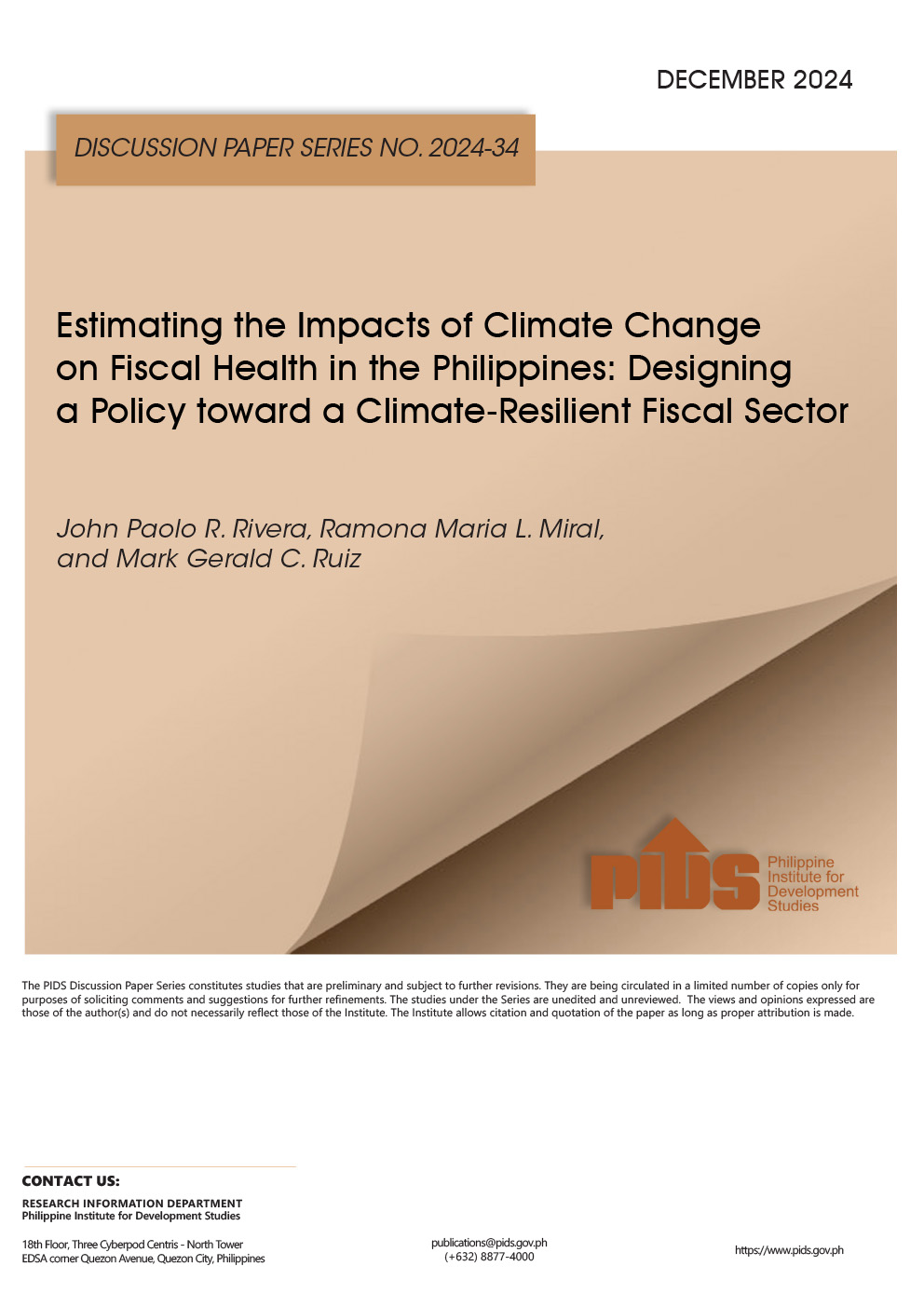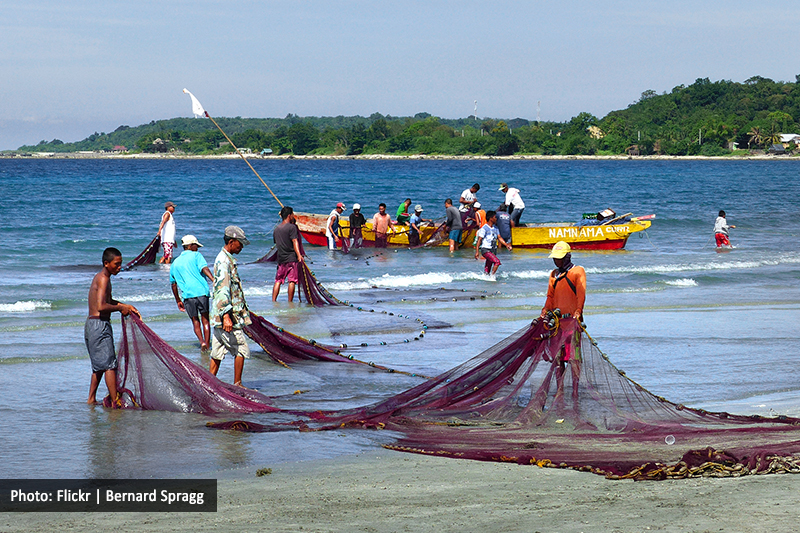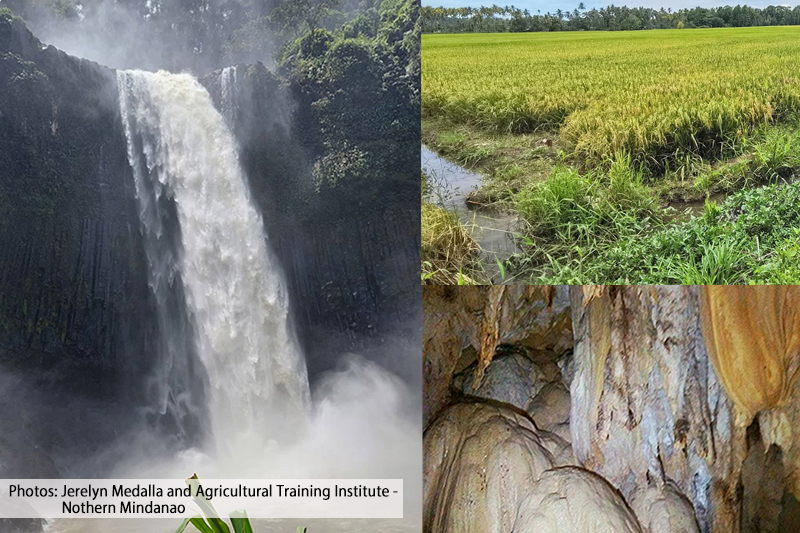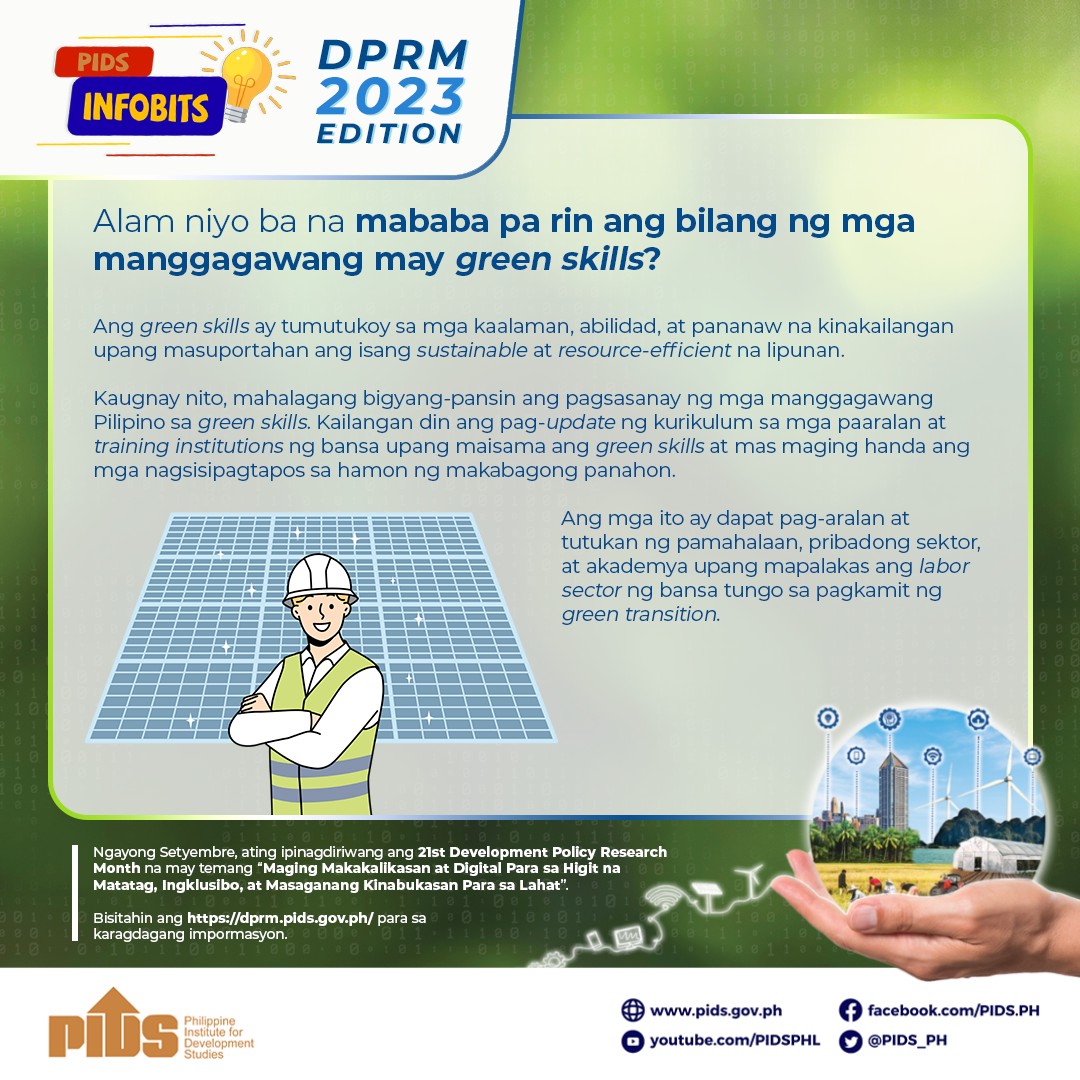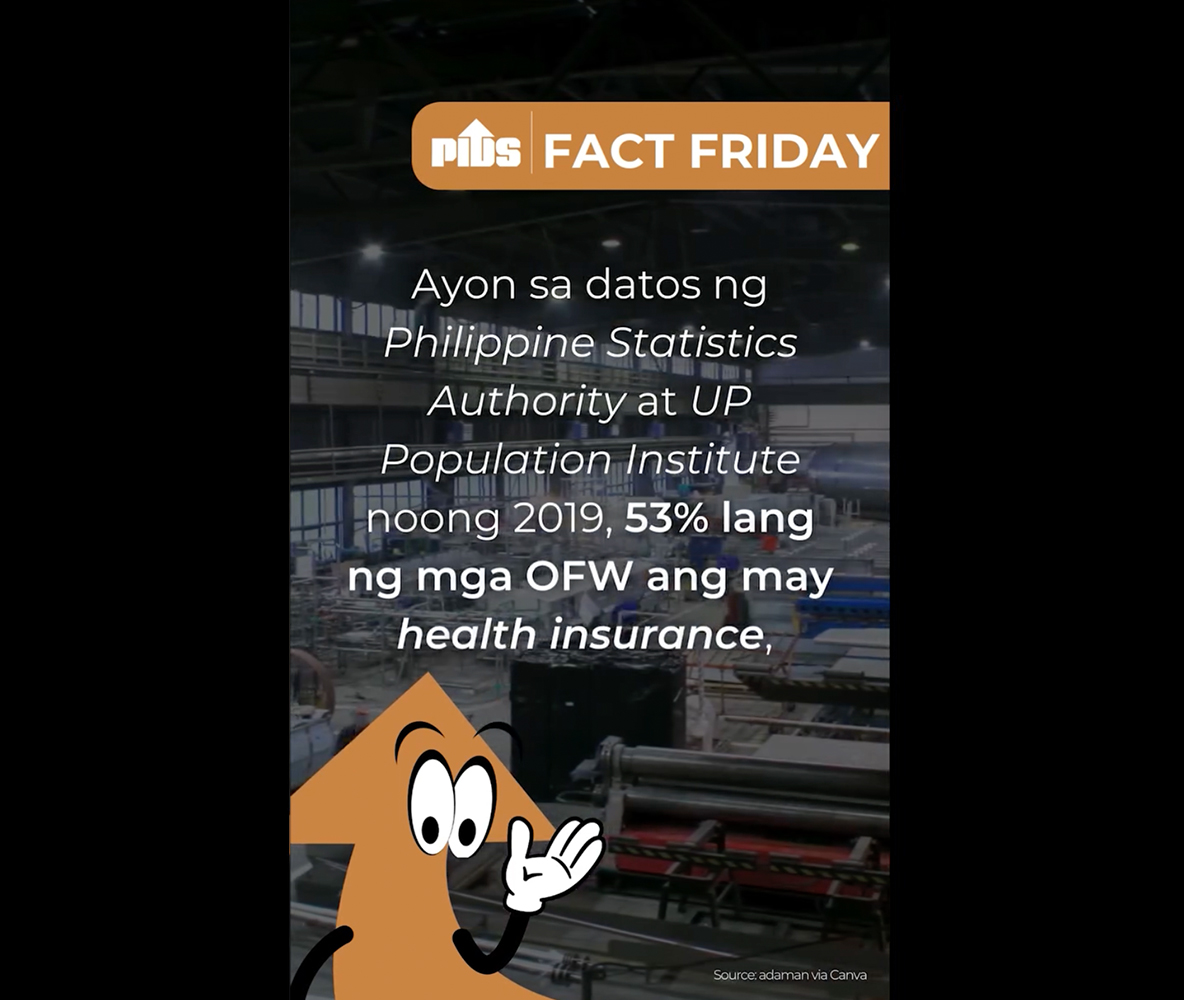A YEAR ago on April 26, Boracay Island was closed off to tourists, as the Duterte administration put it under a state of calamity, due to the environmental damage it sustained in several areas.
For six months, the island was like a ghost town, with very few residents remaining, trying to eke any sort of livelihood. Those who could afford to stay helped out by keeping their establishments open to provide food for the residents and keep their staff employed. Workers in the resorts, numbering about 30,000, went home to their own provinces or started looking for jobs abroad.
The actual losses from personal and business incomes have yet to be fully quantified, although a recent study by the Philippine Institute for Development Studies (PIDS) estimated economic loss between some P21 billion and P83 billion, while the loss in compensation, possibly ranging from P7 billion to about P28 billion.
The closure has led to a 53-percent fall in tourist arrivals on the island last year to 930,363 from 2 million in 2017, as per data from the Department of Tourism (DOT).
The island was reopened last October 26, as the first phase of the government’s rehabilitation program was completed. As of April 8, 2019, the DOT has accredited 339 establishments with a total of 12,083 rooms.
Improvements made
IN a news conference on Thursday, Environment Secretary Roy A. Cimatu, who chairs the Boracay Inter-Agency Task Force (BIATF), asserted that there have been definite improvements on the island since its closure one year ago. “A year ago, when a tourist arrived at the Cagban jetty port, it would take him one hour to get to his hotel. Now it is just 30 minutes. The road is now clear and it is faster to move through. It is no longer congested and even tourists can now walk along the road [because we made the sidewalks].”
Friday’s Love Boracay activities included paraw painting and sailing. “It was wonderful to see such an amazing turnout from all the paraw operators, and their sailing teams were so proud of their sails,” says island resident Trudy Allen.
He added that coliform levels have significantly dropped in the waters around the island. “The highest coliform level for the past months was just 40 most probable number (MPN) per 100 milliliter, and there were months that it was only one-digit level.”
He noted that one year ago, photos would show algae formation on the main white beach. “It was very green…[despite the summer season], there is no algae up to now.”
In many speaking engagements here and travel fairs abroad, Tourism Secretary Bernadette Romulo Puyat has held up Boracay Island as a model for sustainable tourism. “This is the Boracay we fell in love with 30 years ago,” she has said.
Cleaner beach and waters
AND for most parts, perhaps the island’s rehabilitation was indeed helpful in preventing it from becoming an even larger environmental disaster that generations after us would no longer be able to enjoy.
“The rehabilitation led by DENR [Department of Environment and Natural Resources] was great,” averred Peter Tay, owner of the multiawarded Boracay Adventures Travels and Tours. “A cleaner Boracay and the road widening with sidewalk gave tourists a walking space. The water condition, according to reports, especially in Bulabog, tremendously improved.”
Peter Tay, president of Boracay Adventures Travel and Tours. Edd Fuentes, owner of Sun Villa Resorts Group. Jose Clemente III, president of the Tourism Congress of the Philippines
Nonetheless, he still feels the six-month total closure of the island was unnecessary. “It could have been done in phases, like what is going on now. After six months of closure, it was opened last October 26; they [government agencies] are still working in phases. The sudden closure changed many lives; some are no longer around, while some are still trying to recover from their losses of income from the closure.”
In his case, Tay said, he estimated losses from the closure of his business for six months at about P1 million per month. “I tried teaching in Bohol and setting up another office in Manila, but nothing compares to being in Boracay since I called it home, and have friends around. We are blessed! Things are moving well for our company with good reviews and always striving to provide good services, so we are slowly recovering from our losses. As of now, bookings are coming in since many are looking forward to see the ‘New Boracay.’”
Maintain the changes
RESORT owner Edd Fuentes recalled he was initially bothered by the closure of the island, and the subsequent challenges in reopening his three properties. He used to tell his friends that he wanted to sell his resorts. “It just seemed that every day, there were new requirements asked of us when we were going around and processing our applications for government permits and accreditations,” he said.
He also observed that there are still resorts, which are violating the 25+5 easement ordinance for the main beachfront, and some have been operating without permits. “They have guests! Whereas we had to go through the eye of the needle just to reopen our properties,” he stressed.
While he will still sell his properties on the island, Fuentes said, he will probably just retain one and put a few rooms and a restaurant. He underscored he wasn’t selling because of the closure experience, but rather to rid himself of the stress of running many properties. Also, he noted that government authorities are gradually addressing many of his concerns. “They have been going house to house and checking permits of all the establishments, which is a good thing.”
Fuentes said, “If the government can retain the changes it has put in place, then the closure would have been worth it.” He noted that business has been “very good” since his properties reopened last year. “During the closure, we were able to think about our operations and simplify them. So we were able to streamline our work force. Now we have better profitability because our sales have increased, while our overhead has been reduced. We are happy that business has been booming.”
Opening a can of worms
TOURISM Congress of the Philippines President Jose C. Clemente III said the closure and rehabilitation of Boracay has had positive and negative impacts. “We have to admit that the beach looks great and it looks ‘refreshed’ compared to before. Ordinances to preserve the island’s sustainability have been implemented, and people are now more conscious about the environment. In that sense, the rehabilitation helped Boracay.”
But he noted, “the rehabilitation also opened a whole new can of worms as far as who was at fault for the island’s degradation and has created an atmosphere of finger-pointing and division among some of the stakeholders.” On Wednesday, the Ombudsman dismissed Malay, Aklan Mayor Ciceron Cawaling from office, taking him to task for the environmental degradation of Boracay, which falls under his municipality.
However, island residents and tourism industry observers noted that the environmental degradation of Boracay did not start just during Cawaling’s term of office, and involved other local government officials, as well as officials of the DENR. The DENR has yet to make public who among its employees and officials have been charged similarly with neglect of their duties to protect Boracay’s environment.
Clemente also said reports reaching him from island stakeholders indicate “the work on the roads and other infrastructure has been slow; so that also needs to be addressed. So, whether the closure was worth it or not will be a discussion that will be debated on for a long time.”
Proliferation of ‘illegal’ alien workers
TAY, for his part, called for more regulation in the establishment of businesses on the island. “Anybody and everybody can just come to the island to set up a business. Chinese and Koreans will partner with Filipinos to set up businesses like resorts, hotels, restaurants, travel operators, spa, and tour operations. All these should also be regulated and not allowed to mushroom.”
While complaints have been raised against illegal Chinese workers in Chinese-owned restaurants, he noted that there were also quite a number of Korean workers in Korean restaurants. “The problem is, [authorities] issue them Special Work Permits, instead of a Working Permit. A Special Work Permit allows them to work only two times, but they are not required to apply for a tax identification number. It’s not fair because they don’t pay taxes, and especially to those who actually secure a work permit.”
Tay pointed out that “commissioners” offering tours on the beach continue to abound. The BIATF earlier had vowed to remove these “commissioners” so tourists will book their tours through accredited tour operators only.
lemente has always asserted that the closure and rehabilitation of Boracay could have been carried out better, in consultation with tourism stakeholders and others that would be hugely impacted by the action, i.e., the workers. “A comprehensive master plan on how the rehabilitation would proceed could have made things better…. There was a sense of haphazardness as far as how the rehabilitation was to be carried out.”
He underscored that the government should have been more focused on the plight of the workers who would be displaced by the closure. The promised financial aid had been sparse, or was not received at all, despite claims by the government to the contrary.
“At the end of the day, we are all after the balance of what is good for the island, the government, and the stakeholders. While some of that balance may have been reached, there is still much work that needs to be done,” Clemente said.
Completing the work
GOVERNMENT authorities have said they are looking to complete that work. At Thursday’s news conference on the island, DENR’s Cimatu said the construction of the circumferential road will continue. The BIATF also is pinning its hopes that Bulabog beach, on the east coast of Boracay, will finally become a “swimmable area” after drainage work is completed by the end of the year. At present, Bulabog beach is still categorized a water sports area.
“We are also making the Cagban port an all-year-round port,” he said. During the monsoon season, pump boats usually transfer to the Tambisaan jetty port to protect transportation and visitors from the weather.
Cimatu said the restoration of the island’s biodiversity will continue starting with seeding Puka Beach with more puka shells and investigating why the number of flying foxes and bats has decreased on the island. The DENR also plans to “restore the three rock formations used as platforms by West Cove Boracay to their natural form.”
To celebrate the second phase reopening of Boracay, pockets of festivities will be held dubbed “Love Boracay,” replacing the Laboracay parties that used to be held on the main beachfront leading up to May 1, Labor Day.
DOT Undersecretary for Tourism Regulation Coordination and Resource Generation Arturo P. Boncato Jr. told reporters on Thursday, “The difference is, ‘Laboracay’ was a concerted effort to bring everybody to the beach. As you know, in the past, this brought about 100,000 tourists to white beach. In ‘Love Boracay,’ the activities will be held on individual properties, small properties; there are no huge events along the white beach. ‘Love Boracay’ will be meaningful, but there will be no gathering of large crowds.”
Love Boracay began on Friday with Ati-Atihan dancers and drummers performing along Station 2, followed by paraw regatta and sail painting, with forums on environmental management and sustainable tourism scheduled in the next few days. There is also a scheduled beach cleanup on Sunday, a variety show for law enforcers, a film festival featuring videos taken by drones, and a Boracay Food Fest from April 26 to May 1 at the Laketown Main Road.

